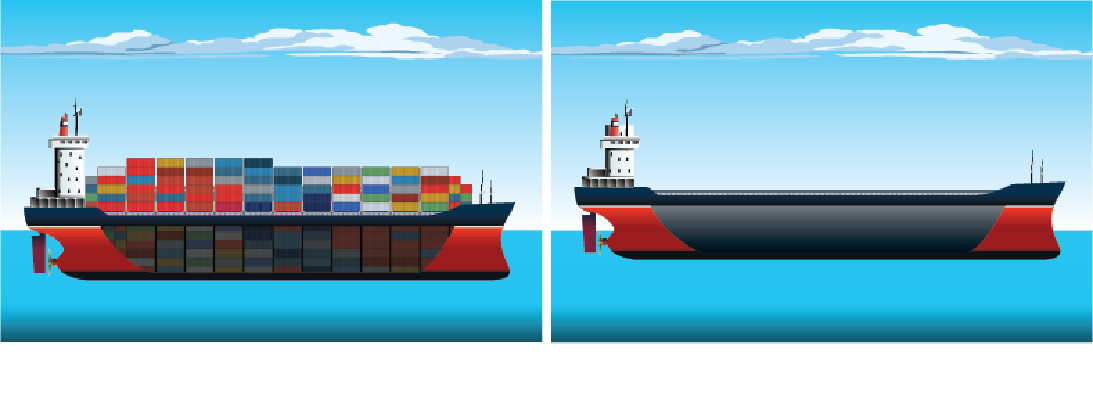Archimedes' Principle states that
a. The buoyant force acting on an object equals the volume of the fluid displaced by the object.
b. The buoyant force acting on an object equals the weight (force of gravity) of the fluid displaced by the object.
c. The buoyant force acting on an object will always be equal.
b. The buoyant force acting on an object equals the weight (force of gravity) of the fluid displaced by the object.
Buoyancy is best described as
a. an upward force by a fluid on an object immersed in it.
b. a force that pulls objects toward the center of the earth
c. mass minus volume
d. density times mass
a.
Which property of matter is determined by dividing its mass by its volume?
Density
How do you get a chunk of dense metal to float in fluid instead of sinking in it?
By increasing the density of the fluid such that density of metal < density of the fluid.
Which of the following will sink in water?
(a) Cork (b) Glycerol (c) Aluminium (d) Oak
(b) Glycerol (c) Aluminium
Define Relative Density.
What is the relationship between the relative density of an object and its behaviour in the water?
Relative density is the ratio of the density of an object with the density of water at 40 C.
If the relative density of an object > 1, it will sink. Else it will float.
Explain why large ships made of metal don't sink in the oceans.
The air that is inside a ship is much less dense than water. That’s what keeps it floating! The average density of the total volume of the ship and everything inside of it (including the air) must be less than the same volume of water. 
Explain why it is impossible for human beings to drown/sink in the Dead Sea.

The Dead Sea’s unusually high salt concentration allows people to easily float in the Dead Sea due to natural buoyancy
A cubic object with a side of 2 m has a mass of 12 kgs. It is put into a fluid of a density of 1.2 kg/m3.
a. Will the item sink or float?
b. What is the mass of the fluid displaced?
The density of the object = 12/23 = 12 / 8 = 1.5 kg/m3
Since, 1.5 > 1.2 => The object will sink.
The fluid displaced will have the same volume as the object submerged. So the volume of displaced fluid = 8 m3
Mass of displaced fluid = density x volume = 1.2 x 1.5 kg = 1.8 kg
